Pleco LDA38 - Hypostomus plecostomoides
Scientific name: Hypostomus plecostomoides
Common name: Pleco LDA38
Family: Loricariidae
Usual size in fish tanks: 22 - 26 cm (8.66 - 10.24 inch)
014
Recommended pH range: 6.3 - 7.5
Recommended water hardness: 6 - 17°N (107.14 - 303.57ppm)
0°C 32°F30°C 86°F
Recommended temperature range: 22 - 26 °C (71.6 - 78.8°F)
The way how these fish reproduce: Spawning
Where the species comes from: South America
Temperament to its own species: peaceful
Temperament toward other fish species: peaceful
Usual place in the tank: Bottom levels
Origin
The Pleco LDA38 (Hypostomus plecostomoides) originates from the freshwater rivers of Central and South America, primarily found in Colombia and Venezuela. In their natural habitat, they inhabit areas with strong water currents and submerged structures that provide both shelter and grazing surfaces.
Short Description
The Pleco LDA38 is known for its peaceful temperament and bottom-dwelling behavior. While often sold as juveniles, many aquarists overlook their potential adult size of 22-26 cm (8.66-10.24 inches), making them best suited for large aquariums. They require bogwood not just for hiding but also for gnawing, which aids their digestion. A strong water current and ample oxygenation in the tank are essential for their health and well-being.
Lifespan
With proper care, the Pleco LDA38 can live for 10 years, becoming a long-term companion in your aquarium.
General Care
Pleco LDA38s need a spacious aquarium with multiple hiding spots, especially bogwood. They are high waste producers, so ensure the filtration system is strong enough to maintain water quality. Water parameters are crucial; maintain a temperature of 22-26°C (71.6-78.8°F), a pH level of 6.3-7.5, and water hardness between 6-17°N (107.14-303.57 ppm). Replicate their natural habitat by creating a strong water current, and consider adding an extra oxygen source. Since they are peaceful, they should be housed with non-aggressive tankmates to prevent stress.
Compatible Fish
The following fish species can peacefully coexist with Pleco LDA38 in a community aquarium:
- Neon Tetras (Paracheirodon innesi) - Small, peaceful schooling fish that prefer similar water parameters.
- Cardinal Tetras (Paracheirodon axelrodi) - Another small and peaceful species that thrives in soft, slightly acidic water.
- Harlequin Rasboras (Trigonostigma heteromorpha) - A peaceful schooling fish that enjoys similar tank conditions.
- Corydoras Catfish (Corydoras spp.) - These bottom dwellers are peaceful and won't compete for territory.
- Angelfish (Pterophyllum scalare) - As long as they are not overly aggressive, Angelfish can make good tank mates.
- Dwarf Gouramis (Trichogaster lalius) - Gentle and peaceful, they get along well in a community setup.
- Bristlenose Pleco (Ancistrus spp.) - Another bottom-dwelling pleco species, but be sure the tank is large enough to avoid territorial disputes.
- Rummy Nose Tetras (Hemigrammus bleheri) - Schooling fish that add vibrant color and prefer similar water parameters.
- Ram Cichlids (Mikrogeophagus ramirezi) - Peaceful and compatible with similar water conditions.
- Otocinclus Catfish (Otocinclus spp.) - Small, peaceful algae eaters that will not disturb the Pleco LDA38.
These fish all prefer a peaceful tank environment and have compatible water parameter needs, making them ideal companions for Pleco LDA38.
Food and Feeding
The Pleco LDA38 is an omnivore and is not picky about its diet. Offer a balanced variety of quality flakes or pellets, algae wafers, and fresh vegetables like blanched spinach, cucumber, or zucchini. They will also graze on algae present in the tank and will gnaw on bogwood to aid digestion. Make sure to provide vegetable matter throughout the week to meet their nutritional needs.
Sexing
Sexing Pleco LDA38s can be challenging. Generally, females carrying eggs will appear broader than males when viewed from above. However, for the average aquarist, accurately determining sex can be difficult.
Breeding
In the wild, Pleco LDA38s are cave spawners, creating nests along riverbanks for spawning. Unfortunately, there are no documented cases of successful breeding in home aquariums, possibly due to their specific environmental needs and behaviors.
Additional Notes
Given their size and specific care requirements, Pleco LDA38s are best suited for experienced aquarists with large aquariums. Providing an environment that closely resembles their natural habitat, including strong water flow and ample hiding places, will help ensure their health and longevity. Regular water testing and monitoring are essential to keep these fish thriving.
Pictures
Bought by aqua-fish.net from jjphoto.dk.
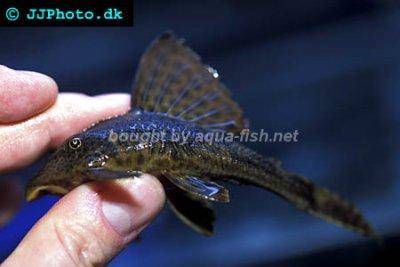



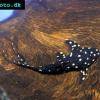 Adonis
Adonis 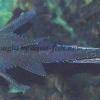 Lyre
Lyre 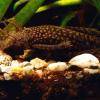 Bristlenose
Bristlenose 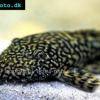 Gold
Gold  Bushymouth
Bushymouth  Spotted
Spotted 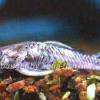 Medusa
Medusa 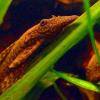 Bristlenose
Bristlenose 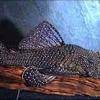 Starlight
Starlight 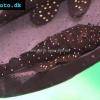 Spotted
Spotted 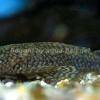 Catfish
Catfish  Bushynose
Bushynose 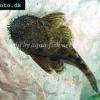 Bristlenose
Bristlenose  Green
Green 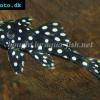 LDA-33
LDA-33 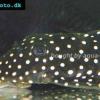 Snowflake
Snowflake 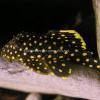 Gold
Gold 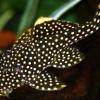 Gold
Gold  Bulldog
Bulldog 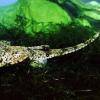 Dasyloricaria
Dasyloricaria 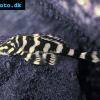 Butterfly
Butterfly 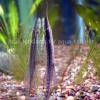 Whiptail
Whiptail 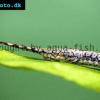 Amazon
Amazon  Twig
Twig 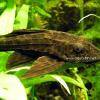 Spotted
Spotted 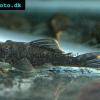 Spotted
Spotted 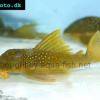 Lemon
Lemon 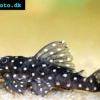 Pleco
Pleco 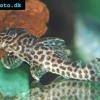 Peruvian
Peruvian 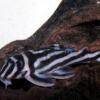 Zebra
Zebra 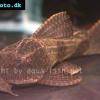 Pleco
Pleco  Hypostomus
Hypostomus 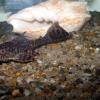 Suckermouth
Suckermouth 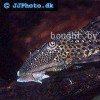 Spotted
Spotted  Woodeating
Woodeating 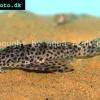 Golden
Golden 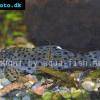 Sultan
Sultan 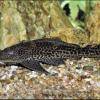 Multiradiatus
Multiradiatus 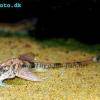 Marbled
Marbled 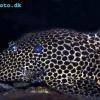 Pleco
Pleco 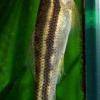 Dwarf
Dwarf 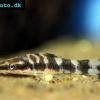 Dwarf
Dwarf 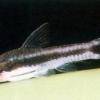 Dwarf
Dwarf 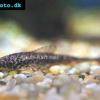 Oxyropsis
Oxyropsis 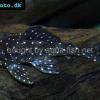 Orange
Orange 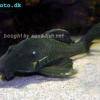 Blue
Blue 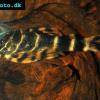 Clown
Clown 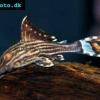 Royal
Royal 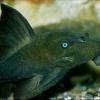 Blue
Blue 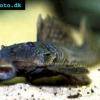 Rubber
Rubber  Goby
Goby 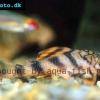 Wormline
Wormline  Para
Para  Tiger
Tiger 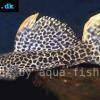 Leopard
Leopard 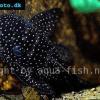 Spiny
Spiny 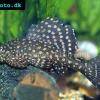 Marbled
Marbled 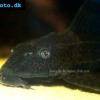 Amazon
Amazon  Common
Common 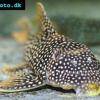 Sunshine
Sunshine 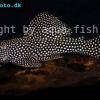 Golden
Golden